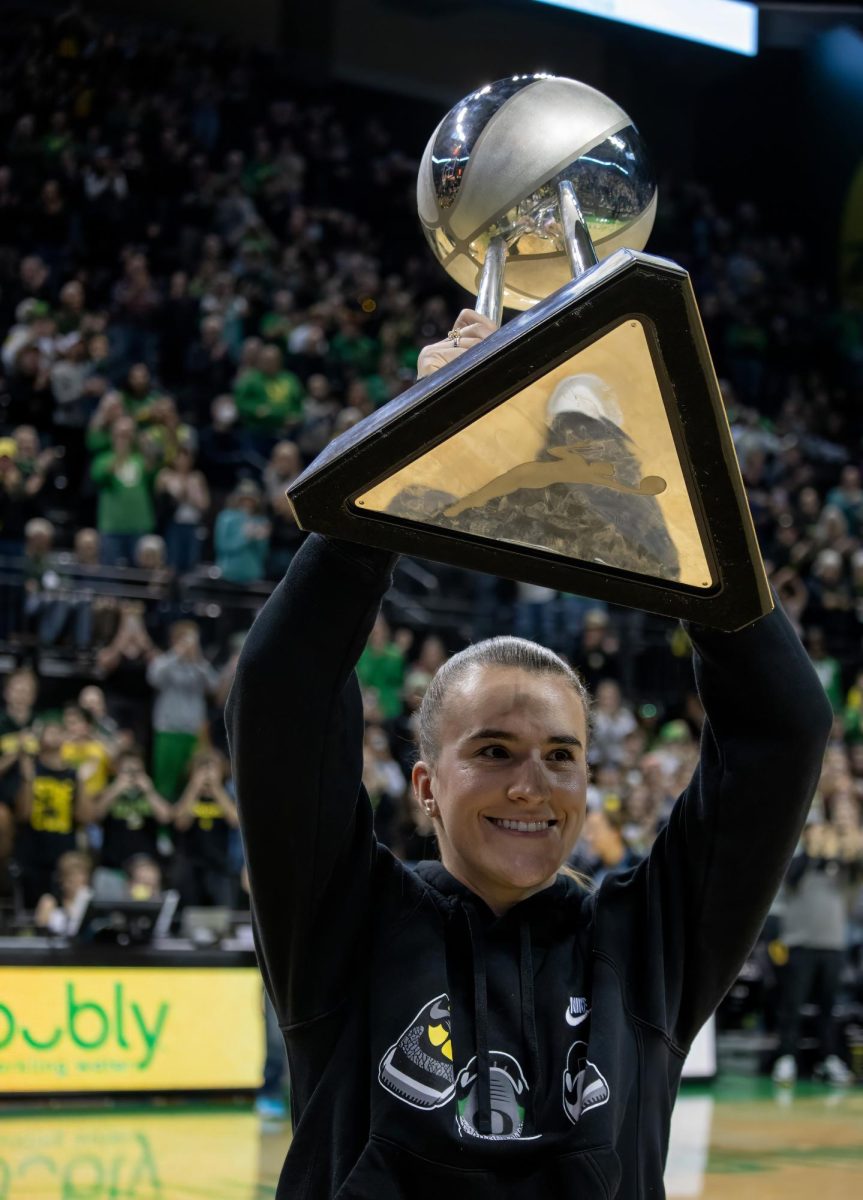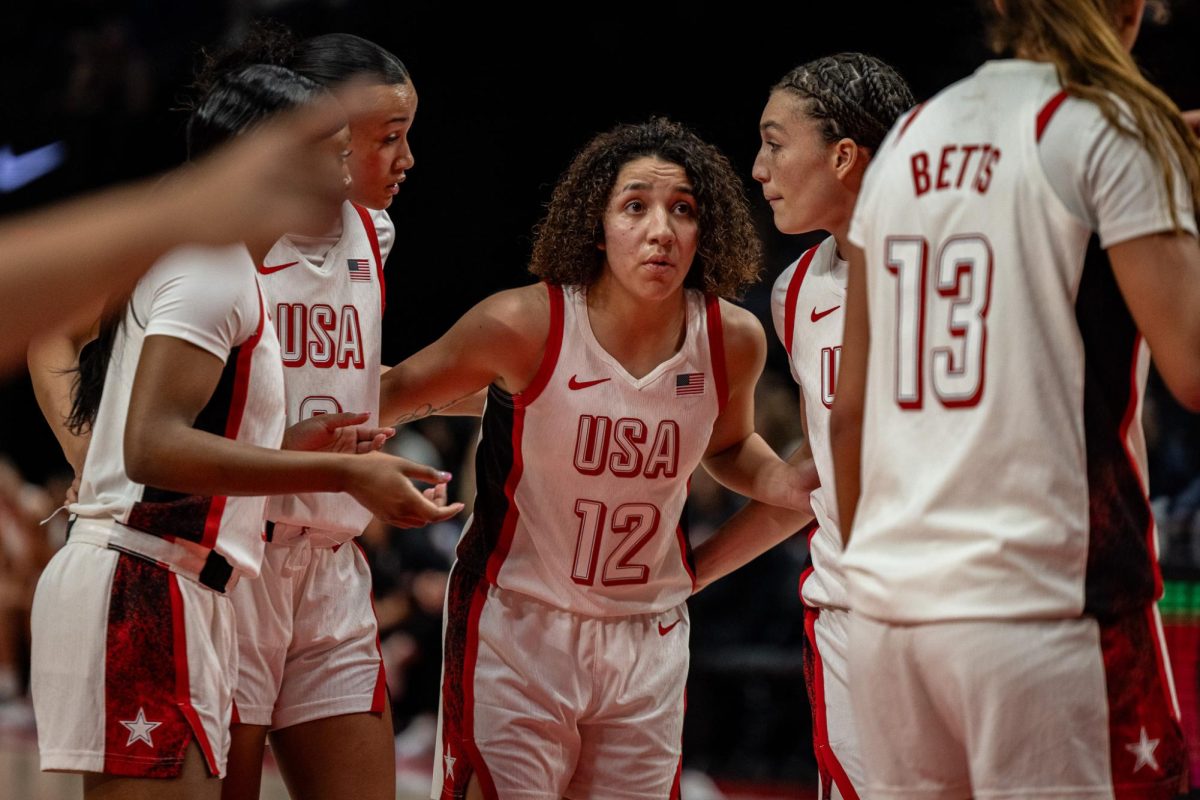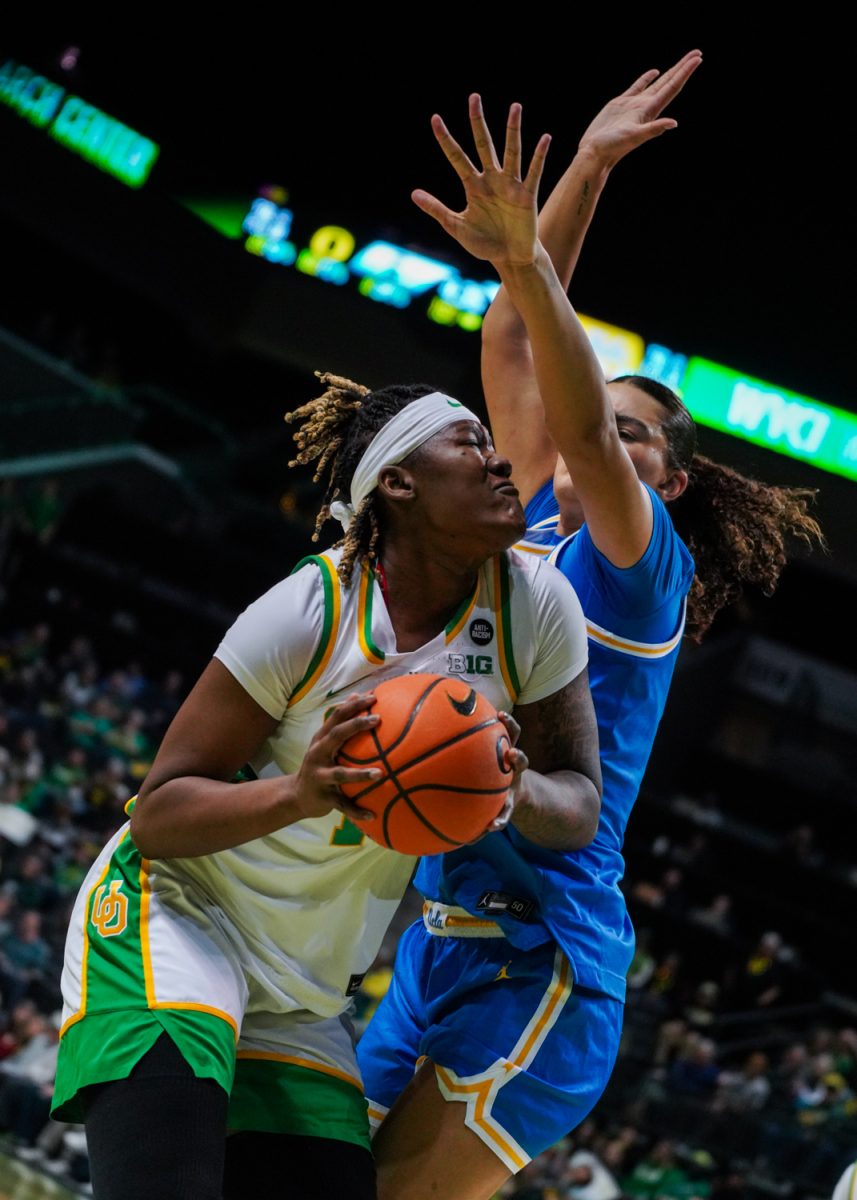It’s completely fair to question whether Kelly Graves can be a successful head coach in college basketball today.
Less than five years ago this question would have been scoffed at. Sabrina Ionescu was electric, Satou Sabally was drafted second overall in 2020 and the Ducks were one of the best teams in America before COVID shut down what could have been a magical NCAA tournament run.
But that’s what takes the Ducks here. 2024 highlighted the program’s many flaws, Graves had a sub-par recruiting class and saw a majority of his top producers the year prior leave via the transfer portal. All factors resulted in a program-worst 14-game losing streak and Graves’ facing questions regarding his job security.
Thus leading Graves and the Ducks into a trying offseason, Graves has commented that his coaches will no doubt be active in the transfer portal while still keeping in mind the mass exodus that has come from Eugene in recent years. The Daily Emerald has created a “who stays who goes” tracker for the Ducks, factoring in graduations, some of the team’s biggest needs and the program’s two incoming recruits.
Newcomers
Katie Fiso
Fiso comes into Eugene as potentially “the greatest winner in the history of Washington high school history” per Graves and was a top producer all four years. Fiso projects as a “high-level point guard” per Graves and will look to cement a backcourt featuring guards Chance Gray and Sofia Bell.
Faith Ehi Etute
Coming in from Luxembourg, Etute averaged 31.5 points per game in six contests in the FIBA U18 Women’s European Championship Division B.
*Peyton Scott
Weeks after a season-ending ACL injury, Scott announced her intent to return to Oregon with a medical hardship waiver. Scott averaged 15.4 points per game in 2023 for Miami, Ohio, and provided Oregon with another perimeter scorer. “It almost helped me go into a different role,” she said of her absence this season in an interview with the Register-Guard. “I’m not on the court but they still need to hear my voice because of the experiences and perspective you don’t get without time.”
Departures– Ula Chamberlin, Kennedi Williams and Bella Hamel
Chamberlin and Williams rotated in and out of the lineup with Chamberlin seeing the most success shooting % from the field. Although a junior, Hamel was honored on senior night and saw just _ minutes of action over the entirety of the season. The trio combined for just 139 points over the entirety of the season, and won’t be a major loss for the Ducks, whose main focus will be on player retention.
Biggest needs
Perimeter Shooting
Oregon shot 30% percent from three on just 3.1 attempts per game and was by in-large a non-factor on the perimeter. Gray was the Duck’s only significant threat shooting over 70 more 3’s than Oregon’s next player. With such little depth from shooting, the Ducks were unable to rely on a hot streak of shooting or any stability to make up for the talent disparity in the highly competitive Pac-12. The return of Scott and Bell should help, but additional additions must be made to the perimeter if Graves’ squad looks to return to compete in the Big Ten.
Interior defense and rebounding
Phillipina Kyei and Kennedy Basham were some of the lone bright-spots for the Ducks with the pair combining for 82 blocks over the season. It wasn’t nearly enough, especially not in conference play which saw all-NCAA talents in Stanford’s Cameron Brink (18 points 17 rebounds) and UCLA’s Lauren Betts (17 points, nine rebounds) dominate the Ducks on the interior. The addition of Etute —who projects as a forward with additional length — will help, but the Ducks will need to look elsewhere to fortify the interior.
Transfer portal retention
Almost none of the above factors have any impact on next season if Oregon is unable to retain the majority — or all — of its “Big Three” of Kyei, Gray and Grace VanSlooten. That trio combined for a whopping 67.6% of the Ducks points and provided Oregon with the majority of its depth. Retaining the “Big Three” will be crucial to Oregon’s success in the Big Ten and beyond












